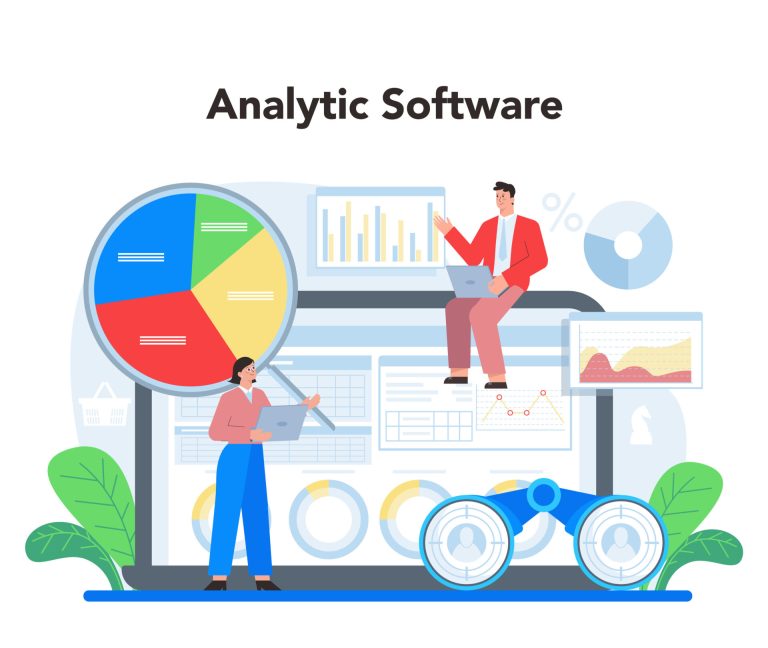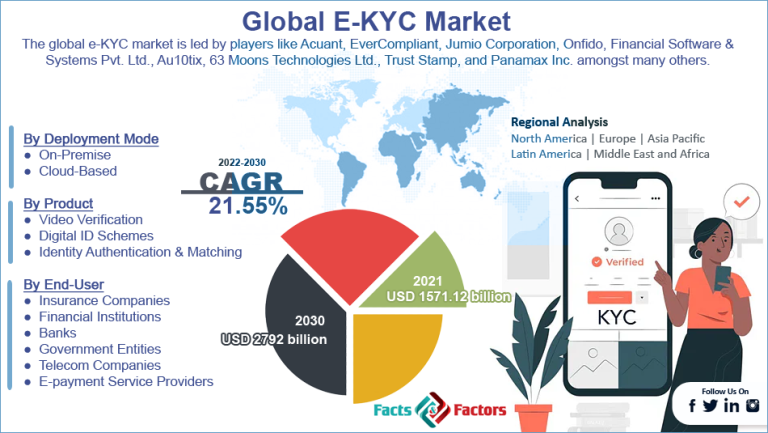Benefits of Leveraging Technology with a VMAA
In today’s healthcare landscape, virtual medical administrative assistants (VMAAs) are becoming an increasingly popular and powerful tool for organizations to improve operational efficiency and patient care. Portiva’s remote medical scribe service guarantees physicians access to accurate and timely patient information while providing a secure and cost-effective solution that upholds patient confidentiality.
By leveraging technology with a VMAA, healthcare organizations can reap many benefits, such as improved accuracy and productivity, cost savings, better customer service, enhanced security measures and streamlined processes. This article will explore the key benefits of using VMAAs in the modern medical field.
1) Improved Accuracy and Efficiency for Healthcare Providers
VMAAs can help healthcare providers improve accuracy and efficiency by streamlining the administrative process for the patient and the healthcare provider. By automating certain parts of the process, such as scheduling appointments and managing medical records, VMAAs can reduce wasted time and hassle from a manual-centered approach. For example, VMAAs can send reminders to patients about upcoming meetings, freeing up time for healthcare staff who would otherwise have to manually remind them.
Additionally, VMAAs can organize and store medical information with electronic health record (EHR) systems faster than traditional methods. This means fewer mistakes in data entry errors or omitted information, which could result in misdiagnosis or inaccurate treatments. By utilizing VMAAs, healthcare providers can also focus on more critical tasks that require human interaction, such as reviewing patient history and making decisions based on diagnosis or treatment plans.
An accurate picture of a patient’s medical history is essential in improving the quality-of-care healthcare providers provide. VMAAs allow this information to be easily accessed at any given time without spending hours poring through various documents or paperwork.
In addition to helping physicians become more efficient with their time, it also reduces costs associated with manually going through all these documents every time a patient needs care. Digitizing these processes allows organizations to save money that would otherwise be spent on labor costs associated with manual filing systems.
Finally, some VMAAs are equipped with natural language processing (NLP), meaning they can quickly answer basic patient questions about their appointments or medications without needing additional personnel resources. This helps alleviate front desk staff strain while creating a better overall customer service experience for patients.
2) Increased Productivity and Cost Savings for Patients
VMAAs can also increase provider productivity while saving costs for patients in several ways. For starters, VMAAs eliminate the need for costly patient visits and paper-based administrative tasks. Virtual medical assistants can collect, store, and organize patient information more efficiently than manual processes. This reduces the need for additional personnel resources, such as office staff or filing clerks, resulting in fewer labor costs associated with these tasks.
Additionally, VMAAs can quickly process patient requests in real time, reducing wait times and increasing efficiency on the medical side of operations. This means that providers can see more patients daily, ultimately improving customer service and patient satisfaction rates.
Moreover, the use of virtual medical assistants has been proven to reduce medication errors by up to 50%. Which is beneficial for the healthcare provider and the patient receiving care. By automating processes such as monitoring drug interactions. Or cross-checking prescriptions against a patient’s medical history. VMAAs help minimize potential risks associated with incorrect dosages. Or adverse reactions. This saves money in terms of hospital fees from avoidable mistakes. But it also helps improve health outcomes among patients receiving care without risking their safety.
Finally, VMAAs can help provide cost savings for patients by streamlining payment processes. So that they can quickly receive bills online instead of waiting days. Or weeks to send them through regular mail services. This allows providers to get paid faster while providing a better overall experience for the patient since. They are not held up waiting on paperwork or having to worry about late payments due to slow postal delivery times.
3) Enhanced Communication between Providers and Patients
VMAAs can also help improve communication between healthcare providers and patients. Which is crucial for delivering high-quality care. Virtual medical assistants can quickly respond to patient questions without needing manual intervention from staff. This provides a more efficient customer service experience for patients. And reduces the strain on front desk personnel at busy clinics and hospitals.
Additionally, VMAAs can notify patients via text message or email when their appointment is coming up. Helping ensure they get it and providing time is well spent. This feature can also remind patients of any necessary paperwork they must bring on the day of the appointment.
In addition to providing improved communication between providers and patients, VMAAs can simplify record-keeping processes between healthcare facilities by allowing quick patient data transfers. This eliminates the need for manual handling of documents which can often be time-consuming and error-prone due to human mistakes.
Furthermore, virtual medical assistants can provide personalize health advice tailored. To each patient’s specific needs based on their medical history and current symptoms. By leveraging machine learning algorithms. VMAAs can quickly identify potential issues before they become severe. And offer tips that may help alleviate symptoms before a doctor’s visit becomes necessary.
Finally, virtual medical assistants can be used as an educational tool for physicians on the latest protocols. And treatments and for patients about their condition or medications they may be taking. Portiva’s medical billing and coding help healthcare providers with the administrative side of their businesses. This helps keep everyone informed about the best practices in healthcare so. That everyone involve in the process understands what needs to be okay to provide quality care.
In summary
Leveraging technology with a virtual medical administrative assistant (VMAA) can help healthcare providers streamline operations. Reduce medication errors, and provide patient cost savings. It also enhances communication between provider. And patient by quickly responding to questions or providing personalized health advice. Furthermore, VMAAs are an effective educational tool that helps physicians and patients stay informed on the latest protocols. And treatments to ensure high-quality care is delivered.
By having VMAAs, healthcare providers can not only improve their customer service. But they will also be able to save time while reducing costs associated with manual processes. All of this adds to better outcomes for everyone involved in the process. From doctors to nurses to administrators – and healthier lives for those receiving care through improved access. And the quality of services provided. By automating certain aspects of document management. Or making administrative processes faster and more accurate. VMAAs can save time and money while improving customer service experiences simultaneously.





